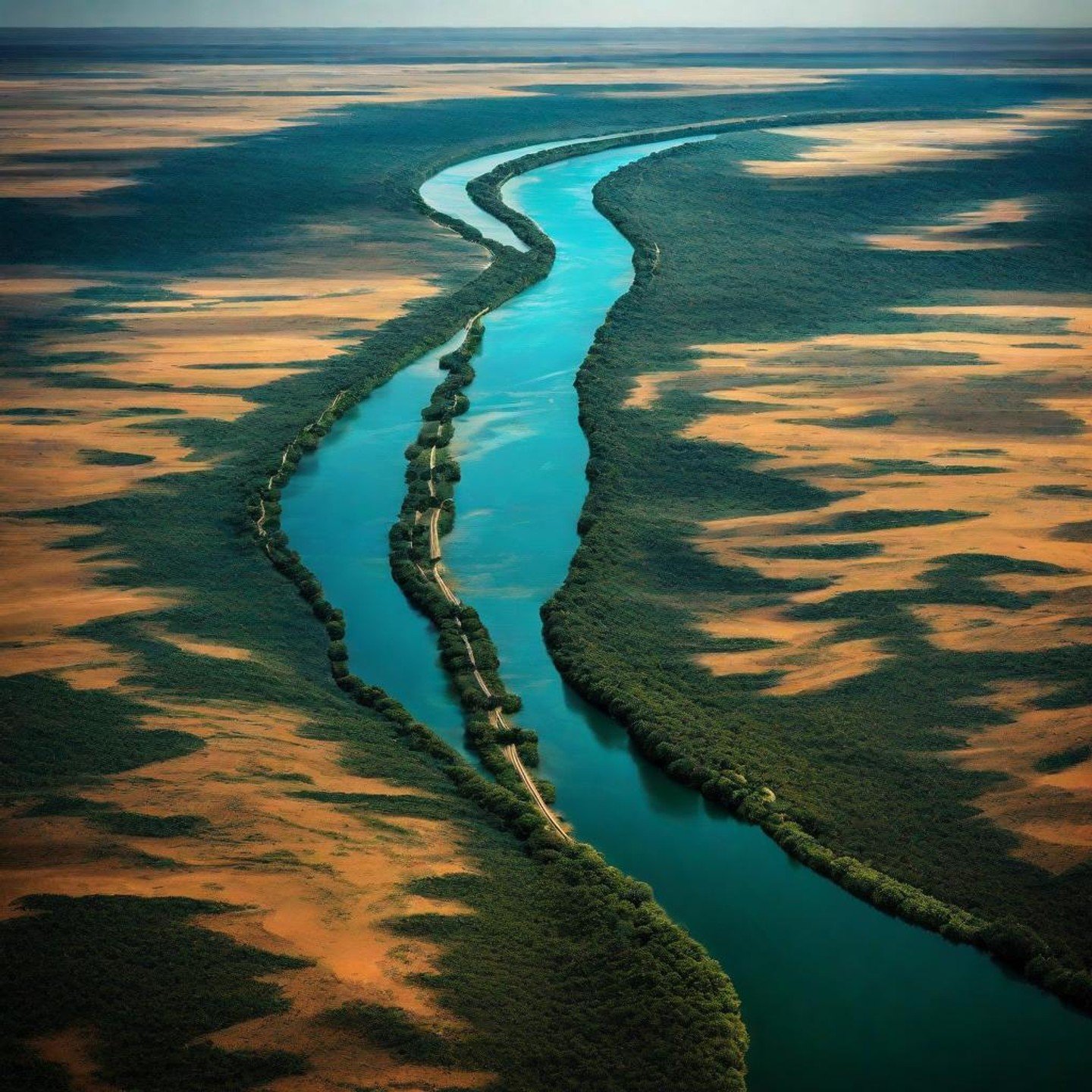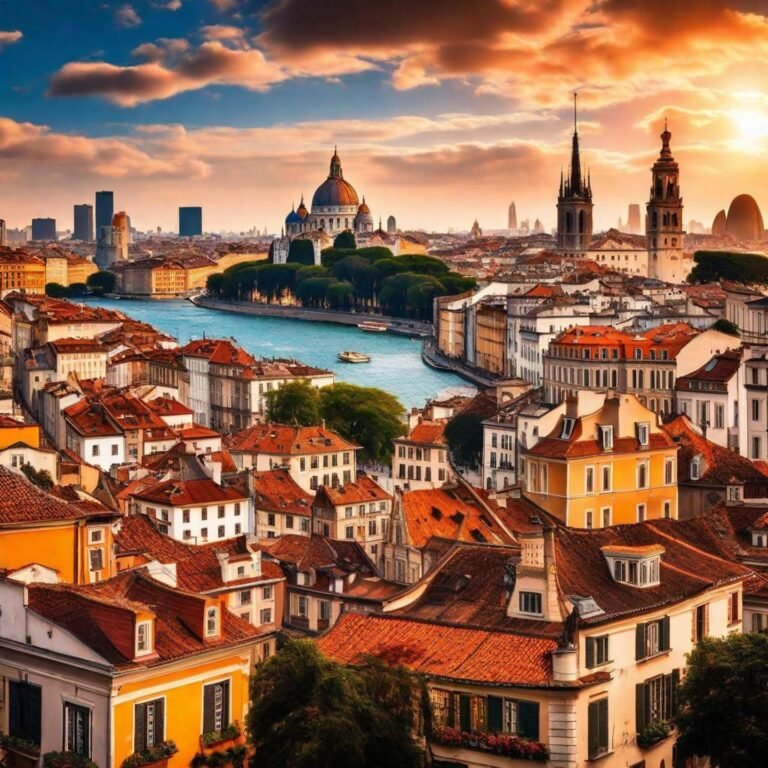Rivers have long been the lifeblood of civilizations, shaping landscapes, and nurturing communities. Among them, one stands out for its sheer size, historical significance, and ecological importance—the Nile River. Join us as we embark on a journey to unravel the mysteries and marvels of the longest river in the world.
The Nile: A Lifeline Through Time Flowing through the heart of northeastern Africa, the Nile River stretches an astonishing 6,650 kilometers (4,130 miles), making it the undisputed champion in length. Originating from Lake Victoria in East Africa, it journeys northward through Uganda, Sudan, and Egypt before finally emptying into the Mediterranean Sea.
Historical Significance: The Nile holds a storied past, intertwined with the rise and fall of ancient civilizations. For millennia, its fertile banks have sustained communities, fostering the development of powerful empires such as Ancient Egypt. The river served as a source of life, facilitating agriculture, trade, and transportation, while its annual flooding deposited nutrient-rich silt, ensuring bountiful harvests.
Ecological Diversity: Beyond its historical legacy, the Nile is a biodiversity hotspot, teeming with life both above and below its surface. The river and its surrounding wetlands provide vital habitats for a plethora of flora and fauna, including iconic species such as the Nile crocodile, hippopotamus, and various migratory birds. Its waters support diverse ecosystems, from lush forests to expansive savannas, contributing to the region’s ecological resilience.
Cultural Heritage: The Nile’s influence extends far beyond its physical boundaries, permeating the cultural fabric of the nations it traverses. From the majestic temples of Luxor and Karnak to the bustling markets of Cairo, the river has inspired art, literature, and spirituality for millennia. Its waters are imbued with myth and legend, symbolizing renewal, fertility, and the eternal cycle of life and death.
Challenges and Conservation: Despite its importance, the Nile faces numerous challenges in the modern era. Rapid population growth, industrialization, and climate change threaten its delicate balance, placing immense pressure on water resources and ecosystems. Pollution, habitat degradation, and overexploitation further exacerbate these issues, jeopardizing the river’s sustainability and the livelihoods of millions who depend on it.
Conclusion: The Nile River stands as a testament to the enduring power of nature and the indomitable spirit of humanity. From its humble beginnings in the heart of Africa to its majestic confluence with the Mediterranean, it continues to shape landscapes, sustain livelihoods, and inspire awe. As stewards of this precious resource, it is our collective responsibility to safeguard its future for generations to come, ensuring that the longest river in the world remains a symbol of life, resilience, and interconnectedness.




Leave a Comment